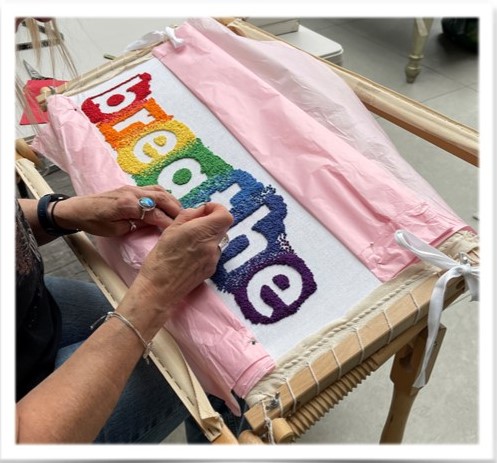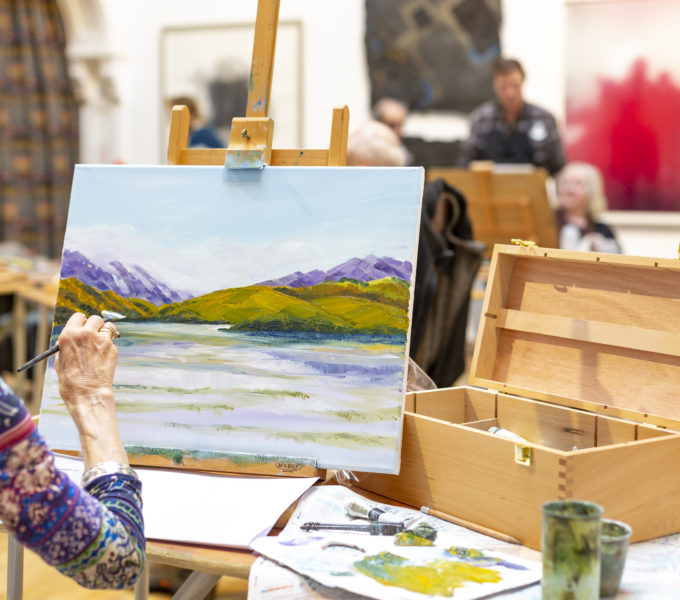Summer Term 2024:
15 April – 1 July (10 weeks)
Spring Bank Holiday: 6 May 2024. Half Term: Monday 27 May 2024 (Bank Holiday)
Members: £144 Non-members: £179
Concessions: £10 (call the office 020 8340 3343)
This course is suitable for beginners and people with some experience. Students will be introduced to various watercolour techniques such as wet on wet, mixing colours on the paper, wet onto dry, catching the tooth of the paper, scumbling, spattering, use of a rigger and feather, use of masking fluid, craft knife, etc. Students will work at their own pace on subjects of their choice. You can create paintings based on real objects, other artworks, photographs or your imagination. You can be as “real or unreal” as you want.
Where appropriate we will discuss how you might use your watercolours as illustrations. I also have a wide range of watercolour images in a variety of styles by many other watercolour artists that I supply as jpegs, as possible sources of inspiration. I have a camera set up so that I can demonstrate the various techniques involved, as and when required.
We will also look at scanning and printing your artworks as greeting cards for friends and family members.
Art Class materials: B or 2B pencil + eraser + pencil sharpener + 12” ruler + No 4 round watercolour brush + No 2 'Rigger' or Liner watercolour brush (very long bristle bristles) + a medium / large size (like a No 10, cheap as in less than £3 ) 'Mop' watercolour brush - if the shop does not have such a thing wait until class starts and we will sort it out then.
(Bring all your watercolour brushes if you have any.)
Winsor & Newton - Cotman Water Colour 12 Half Pan Sketchers' Pocket Box (you should be able to get one for approx £9, but best not to buy a cheap set.
+ an A4 or A3 watercolour paper pad - 300gms weight ( the weight is quite important as thinner paper tend to buckle ) either Langton, Winsor & Newton's, Cotman, Aquafine or Bockingford.
I would suggest one with a nice texture (usually the one called “rough” or “Cold Pressed/ NOT”) but if you want to create fine, detailed work, then a smoother texture would be best, such as “hot-pressed”.
Martin Kelly
Martin has a BA in Fine Art and a PGCE. He has taught Art and Design subjects and interior design since 2001 in a variety of adult educational institutions, including Worcester College of Technology where he was head of Art and Design until 2011.


